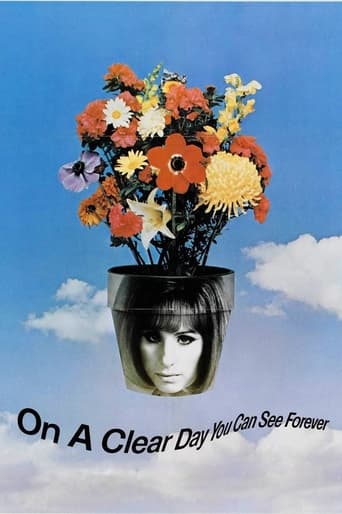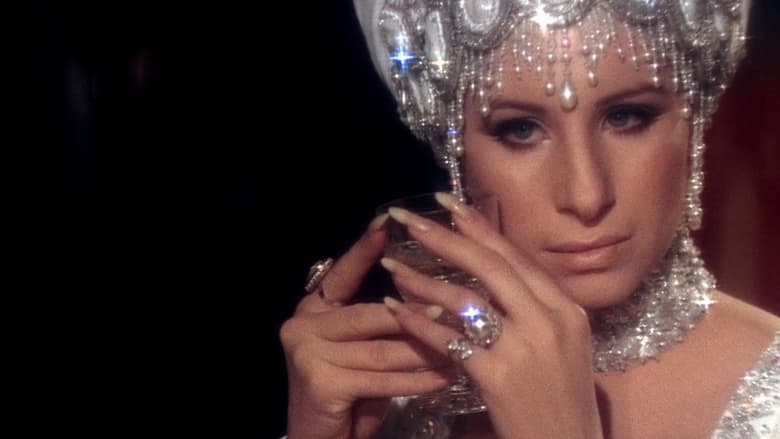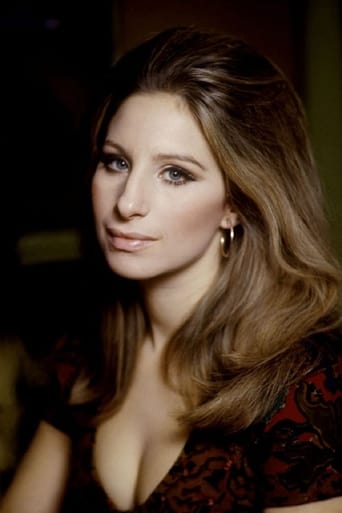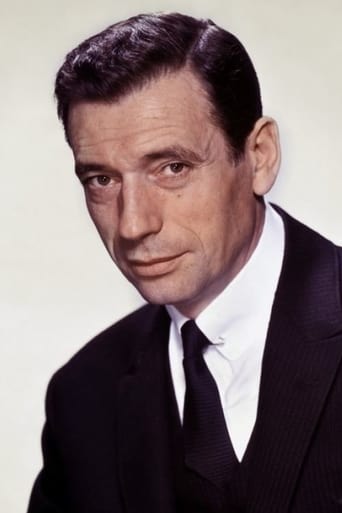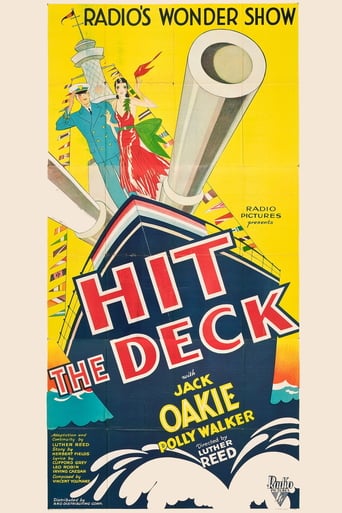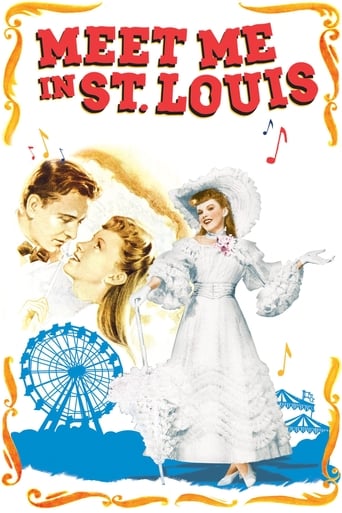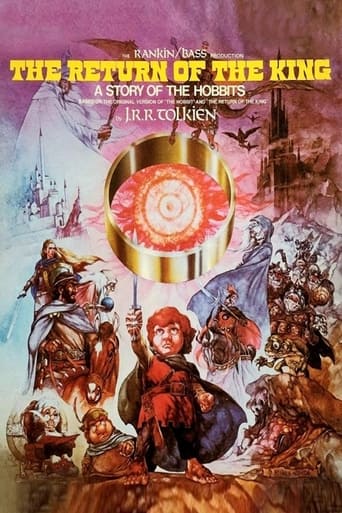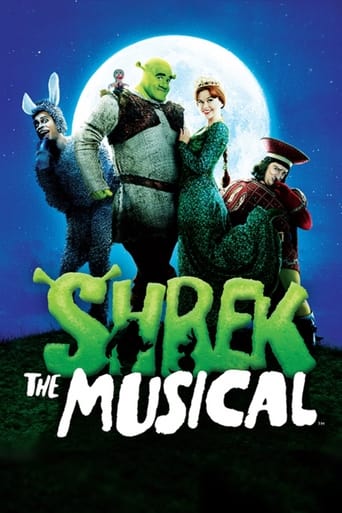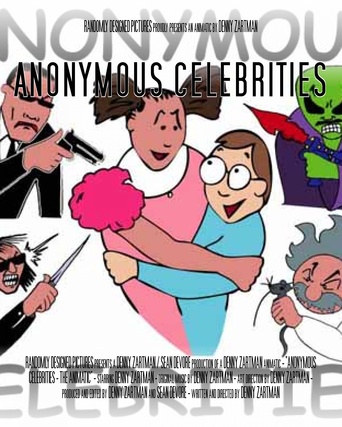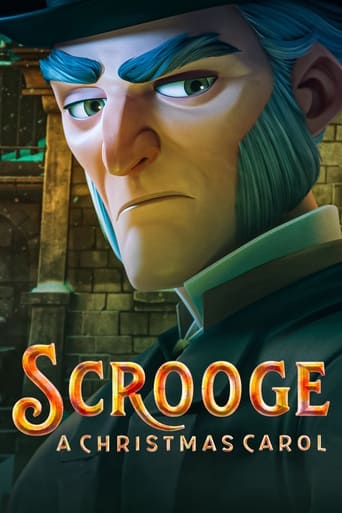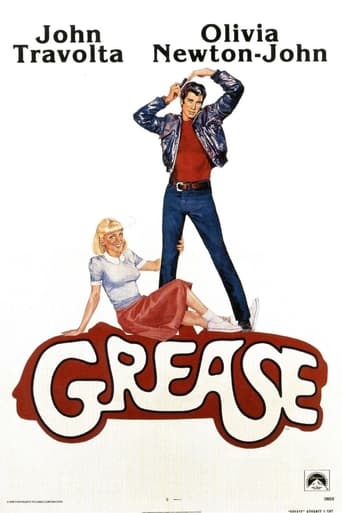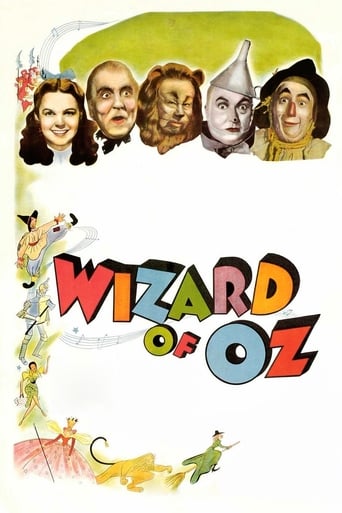On a Clear Day You Can See Forever (1970)
Daisy Gamble, an unusual woman who hears phones before they ring, and does wonders with her flowers, wants to quit smoking to please her fiancé, Warren. She goes to a doctor of hypnosis to do it. But once she's under, her doctor finds out that she can regress into past lives and different personalities, and he finds himself falling in love with one of them.
Watch Trailer
Cast
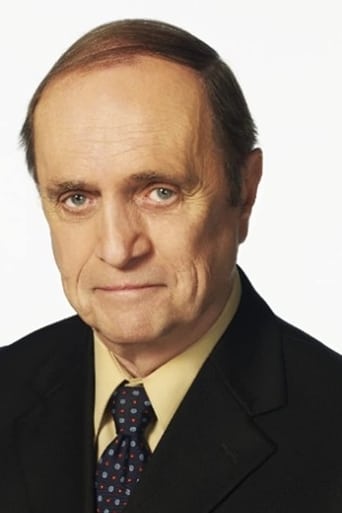


Similar titles
Reviews
Frankly, I think the discussion of this movie will never end. We don't know what director's cut was like...may have been better or worse. The release was just bad timing. and there was no appetite for this in the "movie going" public. It is a dinosaur.Streisand was at her best in this film. Montand wasn't awful, just miscast. I recently watched some of his other movie performances, and was left with a question about the appeal that folks had in him to begin with. The music/songs were only brought to life by Streisand....who else could have held your interest in the lyrics? If this had been released before "Hello Dolly" it would have been a hit. Instead, it made Streisand look like a "one-trick-pony".Director V.Minnelli was the right choice, in my opinion, and any adaption from stage to screen is always risky. Especially with a musical. No matter how you feel about this movie, try to imagine it without her. Who could pull it off? Your answers will thrill me. I think, all in all, it was just made at the wrong time. When I watch it now, I feel very nostalgic about the past. Yeah! It was cool to have your bedding match your nightgown!
First of all I'd like to say I'm no great lover of Barbara Steisand's work so I even surprised myself that I would want to view another of her films. Perhaps I was charmed by the title "On a clear day you can see forever" which has a certain magic about it.I once knew a gardener who talked to his plants and we have all had odd experiences concerning a telephone call or a knock at the door or meeting a long lost friend. i suppose you would call them premonitions and quite unexplainable. So Daisy Gamble with her cigarette addiction as well was not so different from the rest of us and she had enough sense to seek psychiatric help.Flashbacks in the film added a welcome degree of variety because for me the film lacked sparkle and at times was on the edge of boredom. At times I was wondering how much longer the film would continue because it was beginning to feel rather drawn out. In a really good film you are craving for more.I think the songs were a really great let down. None of them was particularly catchy, a tune that would stay with you for the next few days or so. I can understand why the original Broadway production was not an outstanding success.The actors in this film seemed somewhat tired and disinterested. As a comparison check out once more "Hello Dolly" with an enthusiastic cast and great vocals and you'll see what i mean.
In some ways I felt like I enjoyed this movie in spite of myself, or itself. Equally drawn to the film by my admiration of the director Vincente Minnelli and repulsed by its leading lady Barbara Streisand, I find that in the end neither artist contributed his/her best or worst work, and that the whole package itself is mostly lacking in the necessary charm. Yves Montand presents far more problems than Miss Streisand, and Minnelli trips over his own staging to try to make the modern sequences all too modern and the historical sequences all too romantic.Streisand plays Daisy Gamble (a name only a musical comedy doyenne could possibly be saddled with), a young would-be wife who comes to a college psychologist (Montand) in hopes that he can use hypnotism to cure her excessive smoking habit. Instead, the good professor uncovers a whole past life involving a seductress called Melinda, a persona whom the professor promptly and unconvincingly falls in love with.At first it seems refreshing to have Minnelli directing this movie, with his gloriously excessive bouquets conjured up to bring some portion of artificial magic to Daisy's wistful rooftop escape. His style quickly becomes overbearing, especially since he seems to have little taste or comfort with the modern settings and styles he's using. His use of the zoom lens, the only time I can remember him using it, is garish and obvious. An ascending helicopter shot of Montand warbling atop the Pan Am building only manages to distance us from any possible emotion that could be squeezed from his continental charmer. Only in the historical sequences with their incredibly elaborate costuming and real location shots of the Brighton pavilion, does Minnelli momentarily come alive, to live again in the romantic past for one more brief moment.Montand is the glaring problem with the film. His character is completely unappealing and the way he plays him makes it much worse. The more we see of him, the less we appreciate him or can understand why Gamble is becoming infatuated with him. Likewise it's hard to see why Montand is becoming fascinated with the past life Streisand. His whole scheme is very underhanded, since he hasn't told Gamble that he's been recording all her sessions or that he's investigating a past life at all. His motives are supposed to be cleared up thanks to a series of distracting conferences with a professorial colleague oddly played by tough-guy character actor Simon Oakland.When the "good professor" becomes desperate to get Gamble back on his couch and begins sending her psychic messages to "Come Back to Me", the result is less romantic than stalking. Psychic stalking -- it's something that belongs more in a Phillip Dick nightmare sci-fi story than a musical comedy. It's hard to not get a really bad taste in your mouth, especially since the film-makers have already provided a suitably obvious and suitably compatible well, uh, suitor in the person of Daisy's ex-brother-in-law played by Jack Nicholson. We first see Jacko on the roof brazenly strumming his sitar, as if he walked out of the J.C. Penney catalog of hippies. Made-to-order hippy Jack Nicholson apparently got a solo but it was cut when a decision was made not to roadshow this film. Thus even the film's relatively satisfying conclusion seems to be drawn in abstract lines, thanks to Minnelli's liberal style of shooting and the subsequent edits that cripple the film's continuity.As for Miss Streisand herself, she does her best to play the character in a rather sophisticated way but is often undone by her own energy. I didn't feel that she carried off the multiple characters particularly well, and in her solo numbers she heaves and bellows through without any hint of real human vulnerability. She has some good moments as Daisy, but in the Melinda personality she's outclassed by her own headgear.The film itself doesn't really ever rise to the level of its ambition. What should be a fun evening of musical comedy becomes a mere distraction. The story and its characters never really become anything human or convincing. A stifling aura of artfulness prevents the film from taking off -- it's as if all the performers and the director are standing a few feet away from the film they're making. Montand barely seems to know what movie he's in. Lerner and Lane's songs are ponderous and barely memorable. The story itself seems to revisit Lerner's past artistic life, with its Henry Higginsesque professor remonstrating himself and mistreating his naive leading lady in a way that strangely manages to evoke absolutely none of the charm that lifted his Fair Lady above the fray. The film is saved from outright artistic failure thanks to a few imaginative sequences staged by Minnelli, Nicholson's goofy and fun cameo, and a few moments of inspired clowning by Streisand.
"Meet the Fockers" aside, much of the Barbra Joan Streisand filmography has been concerned with the complexities of a split self. From "Up the Sandbox" to "Yentl," Mrs. Brolin has been continuously exploring the notion of a divided diva. Perhaps Barbra's best and most egregiously overlooked dissociative epic is her third film, "On A Clear Day You Can See Forever," released by an indifferent Paramount Pictures in 1970. With a dementedly brilliant screenplay by Alan Jay Lerner (adapted from his modestly successful 1965 Broadway show) and directed with a Rembrandt's eye by Vincente Minnelli, "On A Clear Day" is finally starting to enjoy the cult status this meshuga masterpiece deserves. As one critic commented at the time of the film's original theatrical run, "On A Clear Day..." is a movie made up of such haunting and oddball elements that it truly must be seen to be believed. In the decades since this opulent eye-popper debuted, it's highly stylized design, metaphysical themes and Minnelli's feel for fantasy are finding a more appreciative, even adoring audience.In a finely delineated dual role, Streisand is Daisy Gamble, a supernaturally gifted chain smoker who consults with a hypnotist to help her kick her five packs a day habit. While under, Daisy reveals a previous incarnation as Melinda Tentrees, nineteenth century England's most delectable coquette - who sports a retina arresting array of Cecil Beaton's extraordinary period costumes (Lady Tentrees is a jaw dropping knockout in her white turban and diamond-studded gown in the lavish banquet sequence filmed at the otherworldly Royal Pavilion in Brighton.)Minnelli surrounds a vibrant Streisand with nearly every available male in Actor's Equity: Yves Montand (severely constipated or merely French?), Jack Nicholson (not yet "Jack"), Larry Blyden (the human equivalent of serge grey) and Bob Newhart (paging Suzanne Pleshette), all of whom are completely superfluous alongside Our Lady of Brooklyn's self-contained star power. It's no surprise that Barbra's best moments are virtuosic affairs, especially a hypnotic seduction scene to the tune of "Love With All The Trimmings."When road show musicals suddenly resembled woolly mammoths in the freewheeling 70's, Paramount hacked away at Minnelli's version, excising some 15 minutes of footage (some sources say far more), including several musical numbers (with Nicholson's "Who Is There Among Us Who Knows?" among the casualties). Although the axed sequences have been coveted by Streisand fanatics for decades, none of the truncated scenes were resurrected for Paramount's infuriatingly vanilla DVD release in 2005, though some striking cover art offers minimal consolation. On a clear day, some ambitious film scholar should carefully comb through the studio vaults and see if any of the unused footage still exists. Since the majority of the trimmed scenes were cut very late in post-production, it's possible that those elusive Daisy and Melinda moments are just waiting to be rescued from the cutting room floor...? Bottom line: If you have "Funny Girl" memorized, here's the next best Barbra. - Mark Griffin

